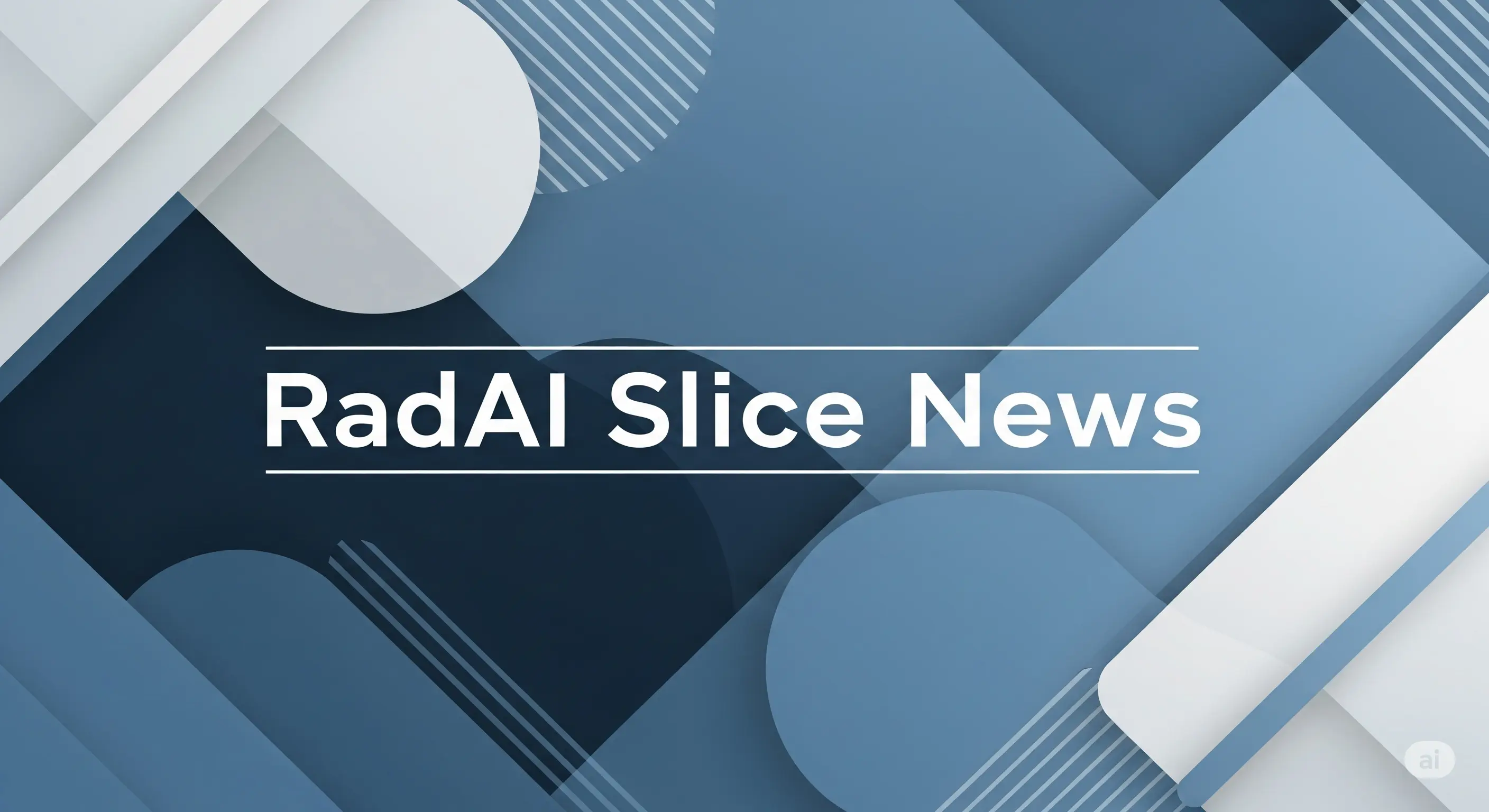
Researchers have developed an AI-enhanced three-phase CT perfusion protocol that reduces radiation exposure by over 80% while accurately generating perfusion maps for stroke evaluation.
Key Details
- 1Traditional CT perfusion (CTP) uses continuous scanning, resulting in high radiation doses (~5260 mGy·cm) and workflow complexity.
- 2The new protocol samples only three phases and uses a GAN-based deep learning model to generate cerebral blood flow (CBF) and Tmax maps.
- 3The approach reduces patient radiation exposure by more than 80% compared to standard CTP methods.
- 4Internal validation demonstrated high fidelity of AI-generated blood flow maps, even with slight deviations in timing of image acquisition.
- 5The method preserves diagnostic accuracy essential for stroke management and is more robust to patient motion.
Why It Matters

Source
EurekAlert
Related News

AI Model Accurately Predicts Blood Loss Risk in Liposuction
A machine learning model predicts blood loss during high-volume liposuction with 94% accuracy.

AI-Driven CT Tool Predicts Cancer Spread in Oropharyngeal Tumors
Researchers have created an AI tool that uses CT imaging to predict the spread risk of oropharyngeal cancer, offering improved treatment stratification.

AI Model PRTS Predicts Spatial Transcriptomics From H&E Histology Images
Researchers developed PRTS, a deep learning model that infers single-cell spatial transcriptomics from standard H&E-stained tissue images.